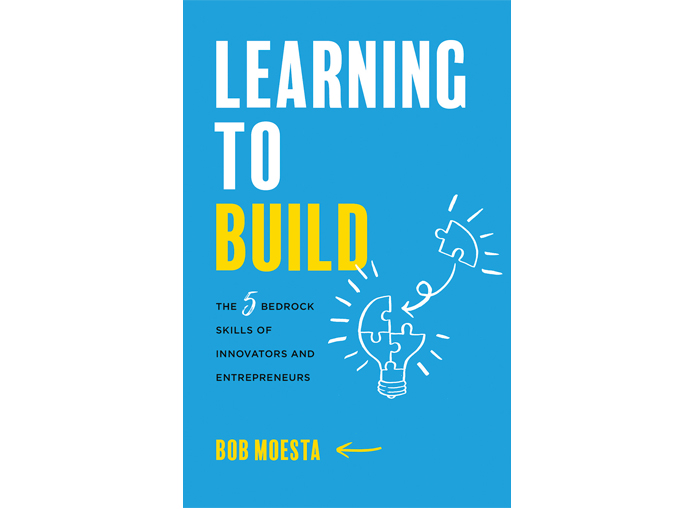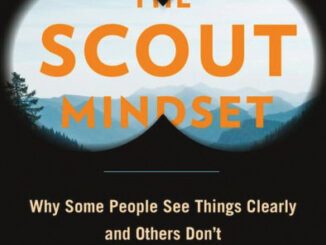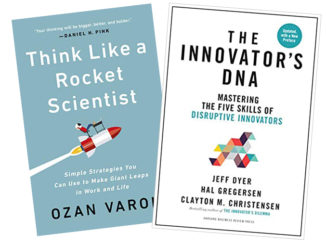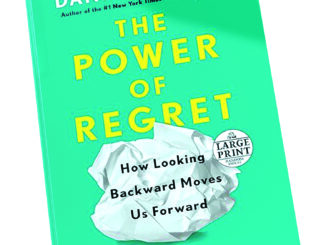Reviewed by James Roloff, Principal Consultant, Roloff Consulting LLC, Verona, Wisconsin, james@roloff.email
Innovation is a term that is often used when describing product development and/or engineering. We, therefore, see “innovators” as the people who are on the creative front lines of developing the products we use in our lives.
However, the truth is that we are all innovators. With the digital transformation of our economy, every one of us is tasked with implementing innovative practices in our roles. Whether externally facing, through the design, development, or marketing of a product, or internally facing, through the strategy behind human resources, finance, or operations, we’re all managing change through innovation.
Bob Moesta’s latest book, Learning to Build, is an excellent introduction to the process of innovation that looks at it through a unique lens: that of total quality management. Moesta combines his deep experience in product innovation with his well-respected innovation and quality management mentors, including Clayton Christensen, Genichi Taguchi, W. Edwards Deming, and Willie Hobbs Moore.
The book is part memoir of Moesta’s experiences in learning quality management principles through his early training and client work experience, and part practical guide—complete with frameworks, illustrations, and skills development.
When it comes to innovation, Moesta identifies five primary skills that every innovator should develop:
- Empathetic Perspective—Seeing things from other people’s perspectives. Being able to detach from your world views to see the subtle differences surrounding the situation.
- Uncovering Demand—Understanding what causes people to buy. This means not just the demographics of a persona but truly understanding the context of their decision, the struggling moment, and the outcomes they seek.
- Causal Structures—Conceptualizing the big picture of how things work. Being able to see the cause-and-effect relationship of systems.
- Prototyping to Learn—Building unusually large sets of prototyped systems to systematically explore variables to see how they work and fail. Rather than relying on a few A/B tests, which Moesta thinks are much less useful, he advocates that innovators shouldn’t rely solely on existing theories and should be willing to run large numbers of experiments to understand systems and get the data they need.
- Making Tradeoffs—Determining what tradeoffs are acceptable and necessary to finish your project. Acknowledging that you can’t do everything is required to do something.
One practical implication I found helpful is his suggestion of “creating through right to left thinking.” While most people tend to think of systems from left to right, input to process to output, Moesta suggests doing the opposite. Create by first understanding the desired outcome and context that your product will be used, then ask yourself what inputs and systems need to be created to get there.
As one of the architects of the Jobs to Be Done (JTBD) framework, Moesta applies aspects of that methodology in Learning to Build as well—from the initial understanding of the customer’s struggling moment to making tradeoffs in the process to meet the desired outcomes. There is an underlying theme throughout the book of using innovation to address the root job that needs to be done.
If you are looking for further reading specifically on identifying struggling moments and their application in the JTBD framework, I’d highly recommend checking out Bob Moesta’s other book, Demand-Side Sales 101: Stop Selling and Help Your Customers Make Progress, which he coauthored with Greg Engle. That’s another fantastic read, more specifically focused on innovation with messaging around your customer’s struggling moment.
Many will also appreciate Moesta’s approach to writing. Unlike many business-book authors, he moves fast and is not repetitive in his narrative. Learning to Build is a resourceful book that provides practical frameworks and omits unnecessary jargon and academic theory. Moesta writes in plain language to help you change the way you think and grow your skills.
This book is for builders, innovators, or those simply looking for practical ways to adapt to change. Learning to Build is a book you won’t want to miss if you desire to level up your ability to innovate your way to better results.
“While most people are trying to prove the output, I’m trying to understand what outputs my inputs even create. From there, I deduce how it works.”
—excerpt from Learning to Build




